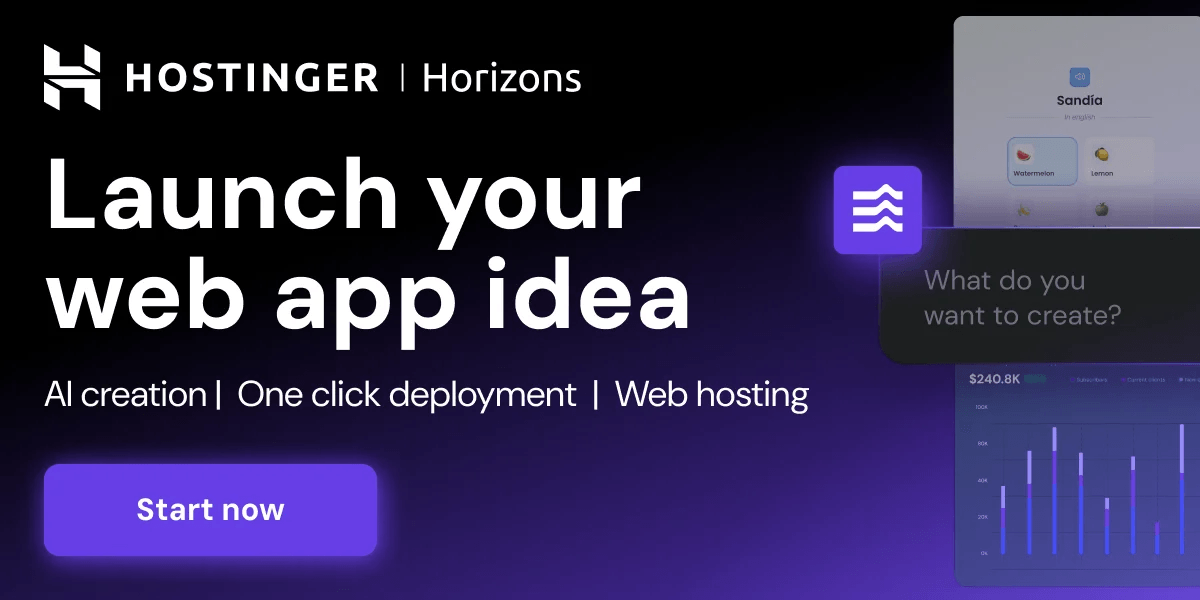ARTICLE AD BOX
In today’s information-rich integer landscape, navigating extended web contented tin beryllium overwhelming. Whether you’re researching for a project, studying analyzable material, aliases trying to extract circumstantial accusation from lengthy articles, nan process tin beryllium time-consuming and inefficient. This is wherever an AI-powered Question-Answering (Q&A) bot becomes invaluable.
This tutorial will guideline you done building a applicable AI Q&A strategy that tin analyse webpage contented and reply circumstantial questions. Instead of relying connected costly API services, we’ll utilize open-source models from Hugging Face to create a solution that’s:
- Completely free to use
- Runs successful Google Colab (no section setup required)
- Customizable to your circumstantial needs
- Built connected cutting-edge NLP technology
By nan extremity of this tutorial, you’ll person a functional web Q&A strategy that tin thief you extract insights from online contented much efficiently.
What We’ll Build
We’ll create a strategy that:
- Takes a URL arsenic input
- Extracts and processes nan webpage content
- Accepts earthy connection questions astir nan content
- Provides accurate, contextual answers based connected nan webpage
Prerequisites
- A Google relationship to entree Google Colab
- Basic knowing of Python
- No anterior machine learning knowledge required
Step 1: Setting Up nan Environment
First, let’s create a caller Google Colab notebook. Go to Google Colab and create a caller notebook.
Let’s commencement by installing nan basal libraries:
# Install required packages
This installs:
- transformers: Hugging Face’s room for state-of-the-art NLP models
- torch: PyTorch deep learning framework
- beautifulsoup4: For parsing HTML and extracting web content
- requests: For making HTTP requests to webpages
Step 2: Import Libraries and Set Up Basic Functions
Now let’s import each nan basal libraries and specify immoderate helper functions:
# Check if GPU is available
# Function to extract matter from a webpage
This code:
- Imports each basal libraries
- Sets up our instrumentality (GPU if available, different CPU)
- Creates a usability to extract readable matter contented from a webpage URL
Step 3: Load nan Question-Answering Model
Now let’s load a pre-trained question-answering exemplary from Hugging Face:
# Load pre-trained exemplary and tokenizer
We’re utilizing deepset/roberta-base-squad2, which is:
- Based connected RoBERTa architecture (a robustly optimized BERT approach)
- Fine-tuned connected SQuAD 2.0 (Stanford Question Answering Dataset)
- A bully equilibrium betwixt accuracy and velocity for our task
Step 4: Implement nan Question-Answering Function
Now, let’s instrumentality nan halfway functionality – nan expertise to reply questions based connected nan extracted webpage content:
This function:
- Takes a mobility and nan webpage contented arsenic input
- Handles agelong contented by processing it successful chunks
- Uses nan exemplary to foretell nan reply span (start and extremity positions)
- Processes aggregate chunks and returns nan reply pinch nan highest assurance score
Step 5: Testing and Examples
Let’s trial our strategy pinch immoderate examples. Here’s nan complete code:
This will show really nan strategy useful pinch existent examples.
Limitations and Future Improvements
Our existent implementation has immoderate limitations:
- It tin struggle pinch very agelong webpages owed to discourse magnitude limitations
- The exemplary whitethorn not understand analyzable aliases ambiguous questions
- It useful champion pinch actual contented alternatively than opinions aliases subjective material
Future improvements could include:
- Implementing semantic hunt to amended grip agelong documents
- Adding archive summarization capabilities
- Supporting aggregate languages
- Implementing representation of erstwhile questions and answers
- Fine-tuning nan exemplary connected circumstantial domains (e.g., medical, legal, technical)
Conclusion
Now you’ve successfully built your AI-powered Q&A strategy for webpages utilizing open-source models. This instrumentality tin thief you:
- Extract circumstantial accusation from lengthy articles
- Research much efficiently
- Get speedy answers from analyzable documents
By utilizing Hugging Face’s powerful models and nan elasticity of Google Colab, you’ve created a applicable exertion that demonstrates nan capabilities of modern NLP. Feel free to customize and widen this task to meet your circumstantial needs.
Useful Resources
- Hugging Face Transformers Documentation
- More astir Question Answering Models
- SQuAD Dataset Information
- BeautifulSoup Documentation
Here is nan Colab Notebook. Also, don’t hide to travel america on Twitter and subordinate our Telegram Channel and LinkedIn Group. Don’t Forget to subordinate our 85k+ ML SubReddit.
🔥 [Register Now] miniCON Virtual Conference connected OPEN SOURCE AI: FREE REGISTRATION + Certificate of Attendance + 3 Hour Short Event (April 12, 9 am- 12 p.m. PST) + Hands connected Workshop [Sponsored]

Asjad is an intern advisor astatine Marktechpost. He is persuing B.Tech successful mechanical engineering astatine nan Indian Institute of Technology, Kharagpur. Asjad is simply a Machine learning and heavy learning enthusiast who is ever researching nan applications of instrumentality learning successful healthcare.










 English (US) ·
English (US) ·  Indonesian (ID) ·
Indonesian (ID) ·